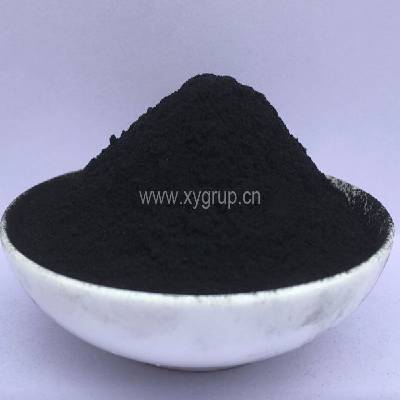How to Filter Powder Activated Carbon?
Powdered Activated Carbon uses wood chips and nut shells as raw materials and is produced by the zinc chloride method. It has a developed mesoporous structure, large adsorption capacity, and rapid filtration. Powdered activated carbon has a good application in the treatment of sudden odor and industrial pollutants in water. When using powdered carbon, an adsorption test must be carried out according to the type and concentration of pollutants to be removed to determine the type of activated carbon and the amount of powdered carbon required.
At present, the most commonly used method is the two-stage method, in which the powdered activated carbon that has been used once is added to the solution with heavy pigment and treated first, and then the new powdered activated carbon is decolorized again, and the used powdered activated carbon is reused Crude pint is discolored. The decolorization using powdered activated carbon is generally an intermittent operation. The powdered activated carbon is mixed with water and pumped to the decolorizing tank with a pump. The decolorized solution is filtered through various forms of filters. To achieve continuous decolorization operation, granular activated carbon is used to fill the decolorization tower. There are multiple towers connected in series, which are continuously decolorized and regenerated step by step.

Powdered Activated Carbon
Many factories use a two-step method, that is, when the pigment load is large and the solution has many impurities, the filtrate is decolorized and refined by Granular Activated Carbon. Powder activated carbon is generally used for filtration and decolorization in applications. The filtration is a simple and commonly used separation method that uses porous materials to block large particulate materials and allows materials smaller than pores to pass. It is mainly used for the separation of suspensions.
Activated Carbon produced by different temperatures and methods has different pore size distribution, which has a great influence on the decolorization ability of activated carbon. Different types of activated carbon have their own suitable pH ranges. Under normal circumstances, activated carbon has a good decolorization effect under acidic conditions. Generally, 0.3% to 0.7% of the solution is added. The amount of use can also be determined after experimental verification according to the actual situation. Before adding powdered charcoal, it should be noted that the charcoal powder is made into a charcoal slurry and added into the water quantitatively and evenly. The longer the contact time, the better the decontamination effect.











